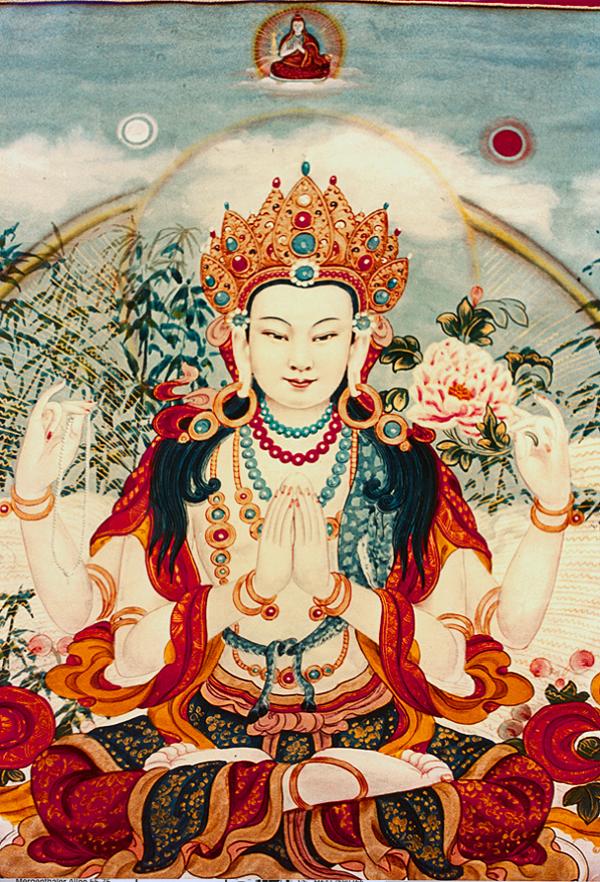
Mindfulness practice is defined as awareness of the present moment without judgement. It is a direct route to staying grounded, empowered and connected in these chaotic times.
There is so much currently presenting itself as unsettling and uncertain. To stay engaged and informed we must also be skillful in order to bring about sustainable change. The application of mindfulness can soothe ourselves and others. whenever life delivers a blow, we can regain our balance.
In the current social, political and environmental unrest it’s increasingly easy to be knocked off center at any moment. When we’re not in balance, we can become defined by whatever’s happening and get caught in “reactive mind.” Bringing awareness to the present moment, slowing down our reactions and grounding awareness in the body can decrease anxiety and reactivity. When we lack the ability to self-soothe, we resort to using less skillful strategies to deal with difficulty such as escaping into distraction, overindulging in substances, alcohol, physical gratification or food, which usually prolongs our suffering.
Self-soothing begins with softening into your experience and then applying mindfulness to accept this moment as it is. From grounded acceptance we can then act to make positive changes. From within the spaciousness that this softening creates, you can start to investigate the experience and gain access to insight.
Breaking Mindfulness practice into three phases can help:
One: Find Balance
Calm yourself using whatever tools work best for you. Examples of how you might do this include: focusing on your breath, pleasant body sensations, feeling your feet touching Earth. You could visualize a person or place that brings you joy, look up at the sky or soothing objects in the room. You could internally chant a mantra or affirmation, one I teach is ‘Let go’ inhaling saying ‘let’ exhaling saying ‘go.’ Next, name what’s going on and acknowledge what you’re experiencing. Can you locate the aspect of yourself that is upset? Allow the part of you that knows you’re upset to comfort the part that’s upset with compassion and kindness.
Two: Remember a larger perspective
Once you’ve returned to your center, reconnect with a higher perspective. Some people experience this as witnessing or observing what is happening. Others connect to gratitude, intentions or prayer. I like to speak directly to my higher Self to ask for guidance, internally stating; show me how to be skillful in this situation… or Work through me so I can be of greatest service and consciousness. As you begin to remember this higher perspective, you become less and less defined by the difficult experience. You have more clarity of mind; although it may not be immediately clear on what to do, a greater ease will come. It surprises me how effective this shifting of perception can be.
Three: Redirect your attention
Lastly, as your clarity returns and you re-engage with life from your higher perspective, begin to redirect your attention. What do you choose to focus on? How can your actions contribute to a solution? What perspective can you apply to this difficult situation? For instance, you might reflect on the impersonal or impermanent nature of life. Although you are having a personal experience, there are causes and conditions that create this experience. A sense of curiosity and acceptance helps: this too is going to change because everything changes. If you’re facing a challenge, you are not alone, can you open to the connection of others who have faced a similar challenge? Sometimes these shifts in perception can lead to gratitude, connection and support and can be a source of great soothing. It is no mistake that you’re experiencing challenges, there is something to learned and strengthened by. Going inside yourself with compassion and kindness will help you gain a new perspective.